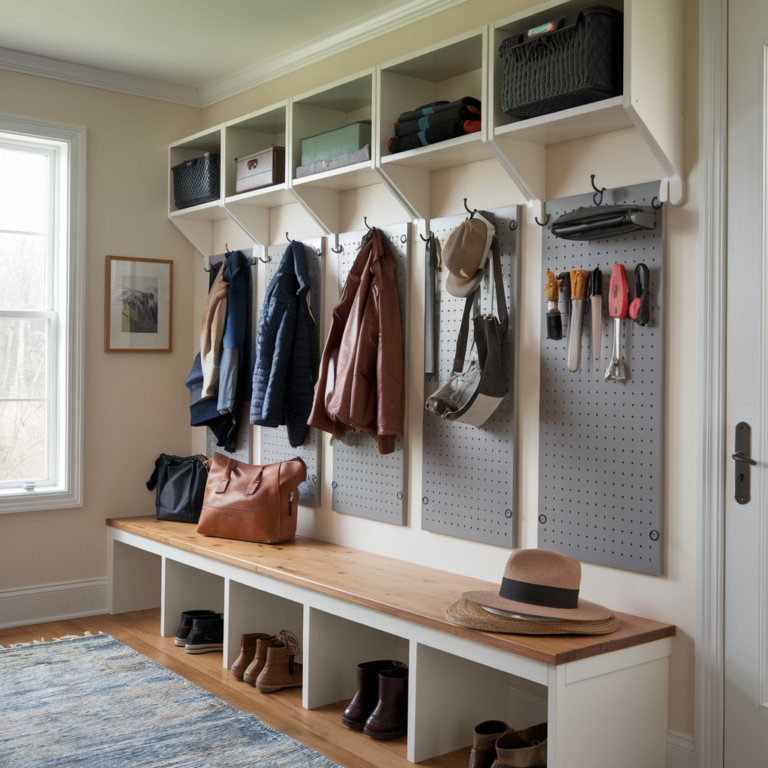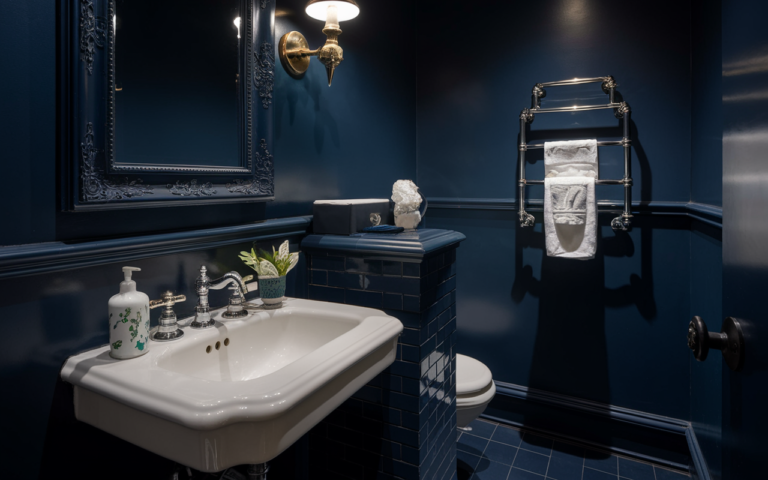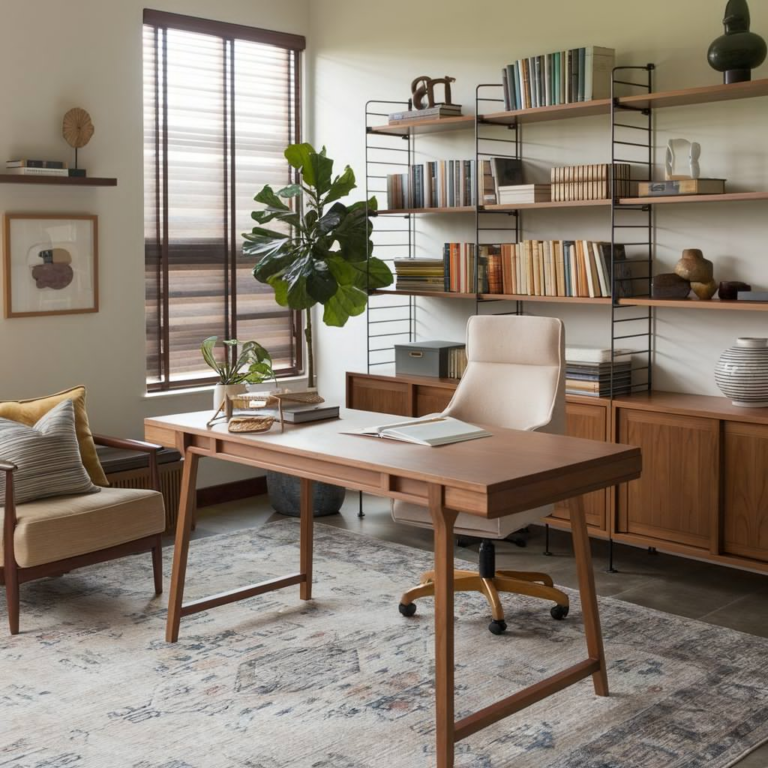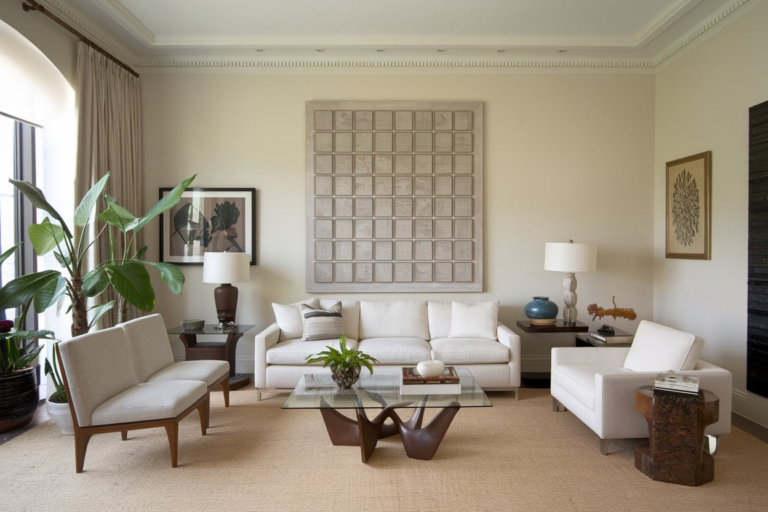21 Play Kitchen Set Up Ideas: Transform Your Space

When it comes to fostering creativity, imagination, and even fine motor skills in young children, few things are as effective as a well-designed play kitchen.
Whether you’re setting up a play kitchen for your little one or transforming an existing space into a miniature culinary world, there are countless ways to make it engaging, educational, and, most importantly, fun.
1. Repurpose an Old Cabinet or Hutch

One of the most budget-friendly and creative ideas is to turn an old cabinet or hutch into a play kitchen.
By giving it a fresh coat of paint and adding a few accessories like knobs, a faux sink, and a stove top, you can create a functional and charming kitchen set that’s both unique and sustainable.
2. Compact Corner Kitchen

If space is limited, consider setting up a compact corner kitchen. Use the corner of a room to create a cozy kitchen nook using a small, multi-functional play kitchen set.
Think of a wall-mounted shelf with hooks for utensils, a small countertop for pretend baking, and a little fridge tucked into the corner.
3. Miniature Modern Kitchen

For a sleek, contemporary touch, opt for a miniature modern kitchen design.
A streamlined, minimalist design with clean lines, neutral colors, and chrome or stainless steel accents will allow your child to feel like they’re cooking in a grown-up kitchen.
4. Nature-Inspired Kitchen

For a child who loves the outdoors, you can create a nature-inspired play kitchen with elements like wooden countertops, plant-based decor, and accessories made from natural materials such as wood, cotton, or burlap.
Add some pretend fruits and vegetables that resemble what they might find at a farmer’s market or on a garden table. This setup fosters an appreciation for nature while sparking creativity.
5. Food Storage Station

Instead of a traditional play kitchen setup, try a food storage station. Use large baskets, crates, or bins to store various pretend food items.
This can be a fun way to encourage organization while still allowing your child to explore culinary creations. Label each storage bin with pictures or words to help with word recognition and categorization skills.
6. Vintage Kitchen Vibes

Take a step back in time with a vintage-inspired play kitchen. Think old-school stoves with retro knobs and pastel-colored accessories.
You can find second-hand vintage kitchen sets or create your own by adding a few vintage touches to a modern play kitchen. Add retro-style aprons, checkered tablecloths, and ceramic food items for a true throwback experience.
7. Bakery Setup

If your little one loves baking, create a bakery-themed play kitchen. Set up a little counter with pretend bakery goods, like cookies, cakes, and pastries, along with a display case to showcase their creations.
Add a mini oven, rolling pins, cookie cutters, and a “menu” to make the bakery experience even more exciting. This setup encourages creativity while allowing your child to practice baking and serving treats.
8. Interactive Chalkboard Wall

For a fun and interactive addition to the play kitchen, consider adding a chalkboard wall. This can serve as a place for your child to “write” down recipes, list the ingredients they need, or even mark their pretend grocery list.
A chalkboard wall brings an interactive element that allows your child to get creative and develop writing skills in an enjoyable way.
9. Fully Equipped Gourmet Kitchen

If you have the space, go all out with a fully equipped play kitchen. Think of a play kitchen that includes a stove with multiple burners, a sink with running water (real or pretend), an oven, a microwave, a dishwasher, and even a coffee machine. This setup will make your child feel like a professional chef in their very own restaurant.
10. Interactive Grocery Store Setup

Combine your play kitchen with a mini grocery store. Set up shelves with pretend grocery items and a mini cash register.
Your child can “shop” for ingredients before cooking, which adds an extra layer of fun and learning.
11. Recycled Kitchen Art

Use recycled materials to create cooking accessories and tools. Cardboard boxes can be turned into pretend kitchen appliances, while plastic bottles can become containers for pretend spices and ingredients. This encourages your child to think outside the box while also promoting sustainability through creative play.
12. Pirate Ship Kitchen

Why settle for an ordinary kitchen when you can create a pirate ship kitchen? Transform a play kitchen set into a pirate-themed cooking adventure.
Add a pirate flag, a wooden wheel, and even a treasure chest for storing pretend food. Your child will feel like they’re cooking up a feast for their crew as they embark on a culinary quest across the high seas.
13. Farm-to-Table Play Kitchen

Encourage farm-to-table learning with a play kitchen that emphasizes farm-fresh ingredients. Add pretend vegetables like lettuce, tomatoes, and carrots, along with a small garden or a farm-themed area next to the kitchen.
This setup teaches your child where food comes from and how it gets to the table while fostering an appreciation for fresh ingredients.
14. Princess Castle Kitchen

For a fairy tale twist, set up a princess castle kitchen. Think of a play kitchen set inside a magnificent castle with royal decor and accessories.
Include pretend teacups, a mini chandelier, and plenty of princess-themed cooking items. This type of setup lets your child imagine themselves as royalty, hosting tea parties and royal feasts.
15. Science Kitchen Exploration

A science-themed kitchen can be a thrilling way to introduce your child to the world of culinary experiments. Set up a kitchen with “science lab” elements such as test tubes, beakers, and mixing bowls.
Add some pretend ingredients that your child can use to make new “recipes” while exploring simple concepts of chemistry, such as mixing baking soda and vinegar to create fizzy concoctions.
16. Multi-Level Play Kitchen

If you’re working with a larger space, consider a multi-level play kitchen. Stack two or more play kitchen units to create a kitchen that has both a cooking and a serving area.
This allows your child to practice not only cooking but also setting the table, serving food, and organizing their kitchen. Multi-level play kitchens encourage social interaction and imaginative play with friends or family.
17. Play Kitchen with an Open Space for Socializing

Sometimes, the magic of a play kitchen isn’t just about cooking—it’s about the joy of socializing and sharing meals. Create an open area where your child can invite friends or family members to join in the fun.
Set up a small dining table or counter where they can serve their creations, making it a shared experience that promotes cooperation, conversation, and social skills.
18. Colorful and Playful Kitchen

If your child loves bright colors, create a playful, colorful kitchen. Paint the walls with vibrant hues, and choose a play kitchen set in bold colors like red, yellow, or blue.
Add colorful utensils, plates, and cups to make the space feel cheerful and inviting. This setup encourages your child to engage with their surroundings while stimulating their creativity.
19. Kitchen with a Garden

Pair your play kitchen with a pretend garden. You can set up a small garden area next to the kitchen, complete with pretend flowers, fruits, and vegetables.
Your child can “harvest” their own ingredients before cooking, which adds a layer of role-play that teaches them about gardening, food growth, and sustainability.
20. Holiday-Themed Play Kitchen

Switch things up with a holiday-themed play kitchen. You can set up a Christmas kitchen with fake gingerbread cookies, hot cocoa, and holiday decorations, or create a Halloween kitchen with spooky ingredients and pretend pumpkin recipes.
Changing the theme based on the season or holidays encourages your child to look forward to different celebrations and keeps playtime fresh and exciting.
21. Interactive Cooking Class Setup

Set up a play kitchen that mirrors a cooking class. Create a space where your child can “teach” others how to cook by setting up a mini kitchen station with cooking tools and ingredient cards.
This setup encourages leadership and confidence-building as your child takes on the role of a teacher, guiding others in making their favorite dishes.
Conclusion

Building a play kitchen is more than just setting up a space—it’s about creating an environment where your child can dream, learn, and grow.
Whether you’re repurposing old furniture, designing a gourmet kitchen, or going all out with a themed setup, each idea provides opportunities for creativity, social play, and hands-on learning.
The key is to make the space fun, interactive, and full of potential, allowing your child to engage in imaginative role-play while developing valuable skills.






